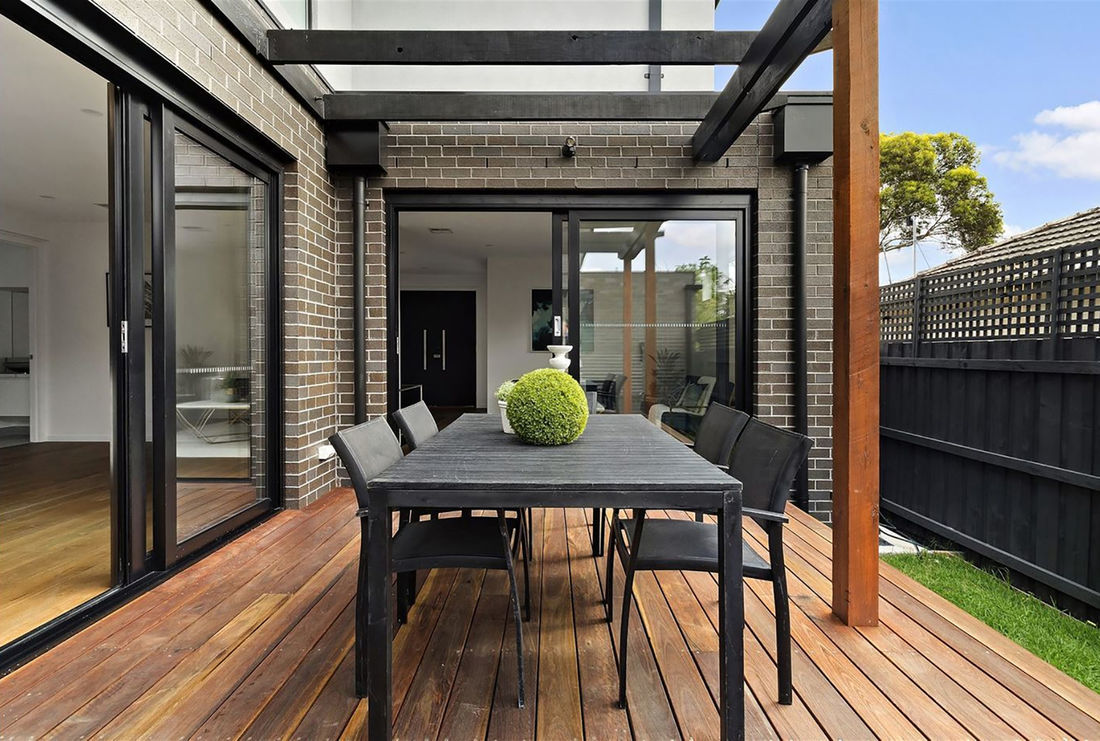As we become more aware of our impact on the environment, sustainability has become a key factor influencing modern home design. Homeowners and designers are now adopting sustainable designs that not only contribute to a healthier environment but also offer long-term economic benefits. Let's explore how these eco-friendly designs are shaping our homes today.
1. Energy-Efficient Homes
Energy efficiency is a cornerstone of sustainable home design. Modern homes now incorporate features such as high-quality insulation, energy-efficient appliances, and advanced heating and cooling systems that minimise energy usage. Moreover, homes are increasingly utilising renewable energy sources, with solar panels becoming a common sight on rooftops.
2. Water Conservation
Sustainable designs also address water usage. Rainwater harvesting systems, drought-resistant landscaping, and greywater recycling are some strategies being employed. In addition, modern homes often feature water-efficient appliances and fixtures, such as low-flow taps and showerheads, to minimise water wastage.
3. Sustainable Building Materials
The choice of building materials significantly impacts a home's sustainability. Designers are opting for materials that are recycled, reclaimed, or sourced from sustainable suppliers. These can range from reclaimed wood for flooring and furniture to recycled steel for construction. Also, the use of locally sourced materials reduces the carbon footprint associated with transporting materials over long distances.
4. Natural Light Maximisation
Utilising natural light not only reduces the need for artificial lighting but also creates a warm, inviting atmosphere. Homes are being designed with larger windows, skylights, and open floor plans to let in as much natural light as possible. In addition, strategically placed mirrors and reflective surfaces can help distribute light throughout the home.
5. Indoor Air Quality
Sustainable designs are also focusing on improving indoor air quality. This involves choosing paints, finishes, and materials that don't release harmful chemicals. Proper ventilation systems are also crucial for removing pollutants and ensuring a fresh air supply.
6. Smart Home Technologies
Smart home technologies are facilitating sustainable living. Automated lighting, smart thermostats, and energy-monitoring devices can significantly enhance a home's energy efficiency while adding convenience for homeowners.
In conclusion, sustainable designs are influencing the way modern homes are built and operated. These designs prioritise energy efficiency, water conservation, sustainable materials, natural light, indoor air quality, and smart technology. By adopting such designs, homeowners can enjoy a comfortable living environment that is in harmony with nature and potentially save on energy costs in the long term. This shift to sustainability is not just a trend; it's a necessary step towards a more eco-friendly future.
